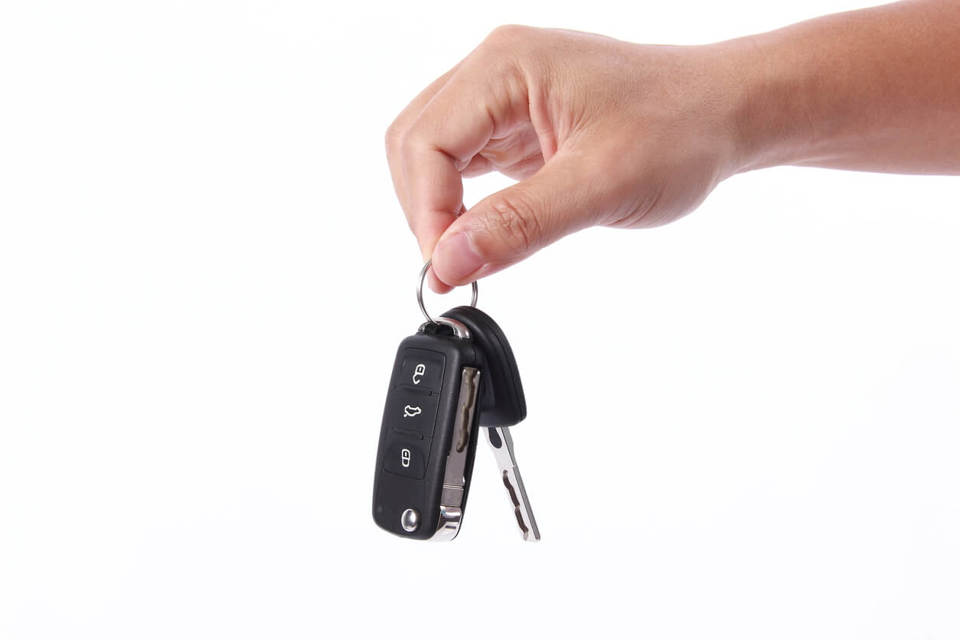Placing conditions on the licences of young drivers could reduce fatal accidents amongst this group by more than a half, says the RAC Foundation.
One in five young drivers (17-24 year-olds) will have an accident within six months of passing their test and 1,552 young drivers were killed or seriously injured on Britain's roads in 2011 - more than 4 per day.
Novice young drivers are at particular risk because of their lack of experience (which to varying degrees affects new drivers of all ages) and also the biological and behavioural characteristics of youth.
The introduction of a graduated licensing system - including restrictions on night-time driving and the number of passengers - would allow young drivers to gain invaluable experience in safer circumstances.
Research by the RAC Foundation of graduated licensing schemes in other countries shows fatal collisions for this age group falling by between 9%-60% and overall casualties being cut by 5%-32%, depending on the range of measures implemented.
Young drivers make up 25% of all those drivers killed or seriously injured on the roads annually, but only account for 8% of licence holders. They also drive less than older licence holders.
Yet the evidence shows that risk reduces quickly as experience is gained. Studies have found that the first 1,000 miles of driving may be the most important in terms of reducing collision risk.
The RAC Foundation study - Young driver safety: solutions to an age-old problem, authored by Foundation staff members Elizabeth Box and Ivo Wengraf - looked at evidence from several countries with graduated licensing including America, Australia, Canada, and New Zealand.
As part of an overhaul of how young people learn to drive, the RAC Foundation is calling for a three-stage process:
- A one-year minimum learning period during which they would need to have experience of driving in a variety of circumstances: e.g. during the winter, in darkness
- A one-year post-test period during which there are passenger restrictions and conditions for late-night driving
- A final full licence with a two year probationary period (which currently exists and during which if a driver receives six penalty points they have to take a retest).
The Foundation also backs a reduction in the drink-drive limit for all drivers to a maximum blood alcohol content of 50mg/100ml (down from the existing 80mg/100ml). This would be of greatest safety benefit to younger drivers, with knock-on benefits for the rest of the driving population.
In the UK, the Northern Ireland Assembly is due to bring in legislation in the autumn to improve a graduated licensing scheme which is already in place.
The RAC Foundation research is published as the Government prepares to publish a consultation on young driver safety.
Professor Stephen Glaister, director of the RAC Foundation, said:
"Young people are four times more likely to die in a road accident than as a result of drink or drugs. Yet, as a society we seem to turn a blind eye to the carnage. If this was any other area of public health there would be an outcry.
"Circumstances conspire against young drivers. Their youth and lack of experience create a deadly mix which means one in five will have an accident within the first six months of passing their test.
"Our research shows that putting certain restrictions on young drivers allows them to rapidly build up live-saving experience in the safest possible way. Putting a firm number on casualty reduction is hard because of the pick and mix approach to graduate licensing. But the evidence suggests that a full package of measures could reduce fatalities by anything up to 60%.
"Some will complain that these proposals are paternalistic and limit people's freedom. This is nonsense. We should all have an interest in preserving young drivers' lives rather than exposing them to undue risk at the stage of their driving careers where they are most vulnerable. This is about ensuring their long term safety and mobility. Not curtailing it. "





















Login to comment
Comments
No comments have been made yet.